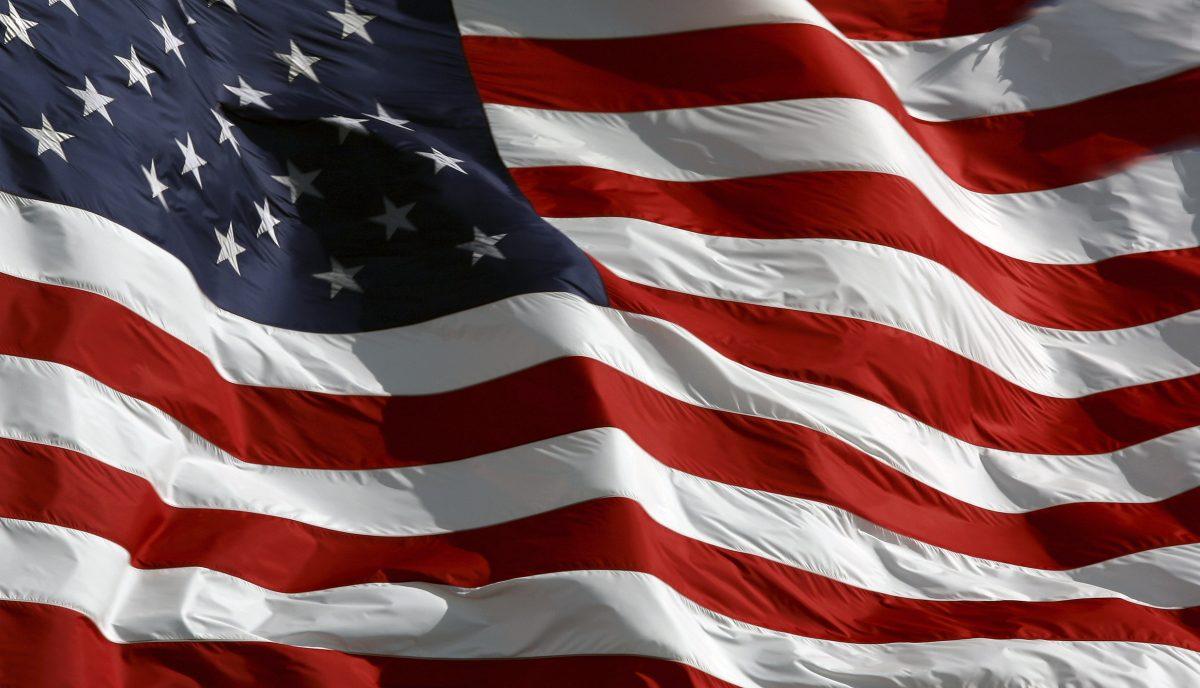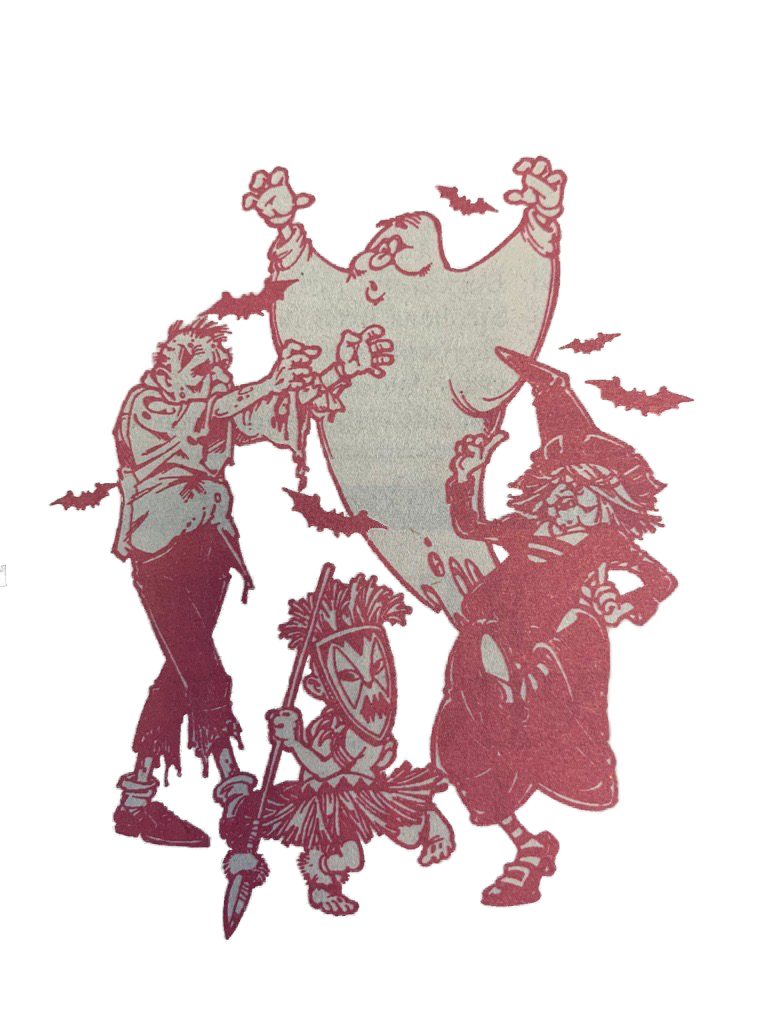At UTD, there are 600 military-affiliated students and the number is growing, McNeme said.
Most veterans require assistance with healthcare services, ways to support their families financially when the benefits are not sufficient and help with trying to interview for civilian jobs, McNeme said.
Many women use the education benefits available to veterans and the GI Bill and come back to school, McNeme said, and she has noticed more women coming back to school than men.
Transitioning from military life to civilian life is always a difficult process because, all of a sudden, the structure that comes with military routines and discipline in life is gone, Ruiz said.
Olson said transitioning to a college is hard for both men and women veterans but transitioning to normal civilian life is often much harder for a woman veteran.
The average age of a male veteran in the United States is 61 and that means the U.S. Department of Veteran Affairs is geared toward a predominantly older, male group that typically suffers from diseases like high blood pressure, diabetes and prostate cancer, she said.
These men probably also have a spouse or a partner who can drive them around and have kids that have moved out, she said.
On the other hand. the average age of a female veteran is 48. If the group is narrowed down to women veterans who returned from Iraq and Afghanistan, the average age comes down to 30.
Of these, 60 percent are married and 40 percent have school-going kids.
In the 12 years of war, 300,000 women have gone to these two countries and many have seen combat.
“The legacy systems set up to care for vets was absolutely unprepared for the number of women that were going to come back,” Olson said.
The needs of this much younger female demographic include healthcare, childcare, financial stress and treatment for post-traumatic stress disorder.
Most VA offices don’t hire an OB-GYN, a sexual assault counselor or have facilities for mammograms.
Younger women who are struggling to balance a family and school and work don’t want to sit around for a whole day at the VA office hoping to get help, she said.
“Women don’t do that,” Olson said. “I don’t have the time or the energy to fight a huge bureaucracy. I’ll just go downtown. I’ll pay for it myself, or I’ll go without. And that’s a bad thing, especially if you need some kind of mental health help.”
As more women veterans find their way to college campuses, it’s important for the traditional undergraduate students to reach out and accept veterans into their circles, she said.
Olson said the notion propagated by the media that all veterans are damaged goods isn’t true.
The transition process — with all its uncertainty and hiccups — can be very traumatic for veterans who have seen and experienced many horrors in a very short time.
“It’s hard to fit into a world you’re not sure you belong to anymore,” Olson said.




